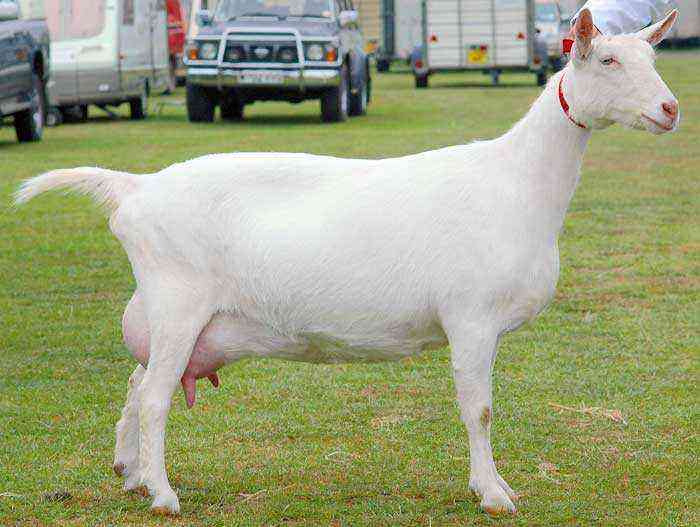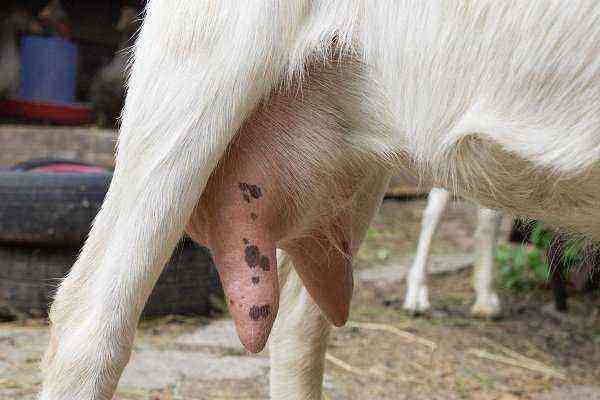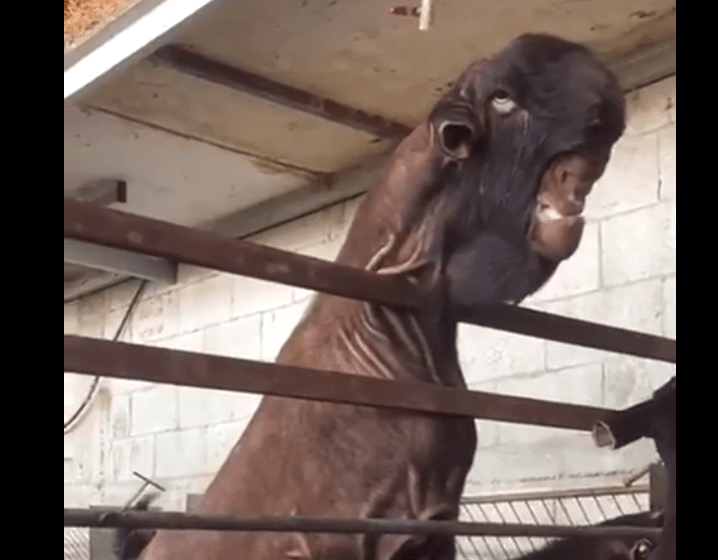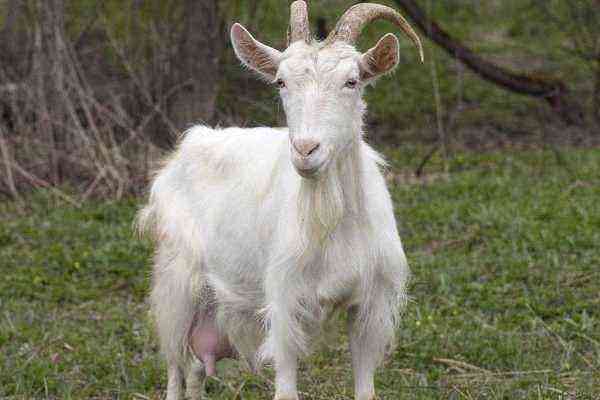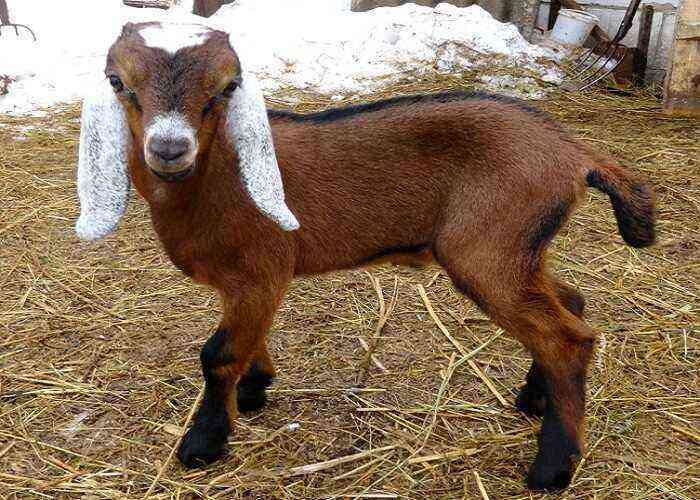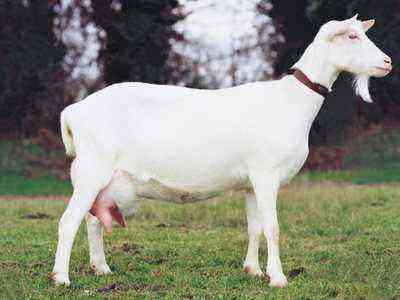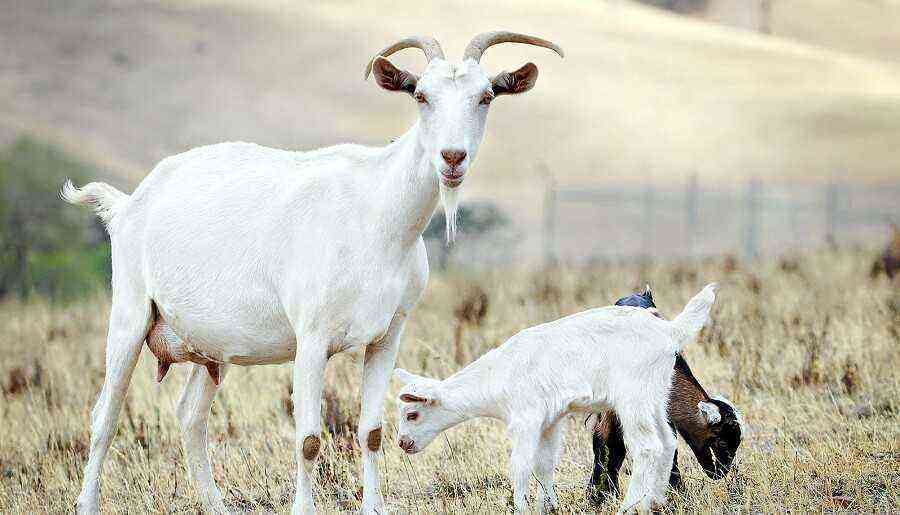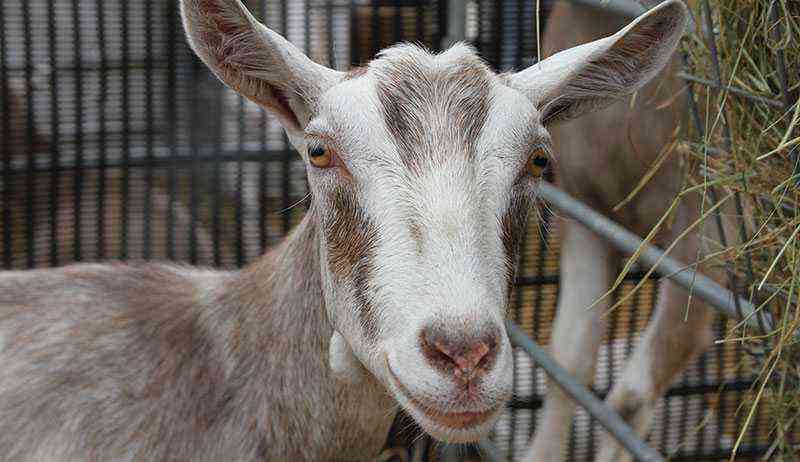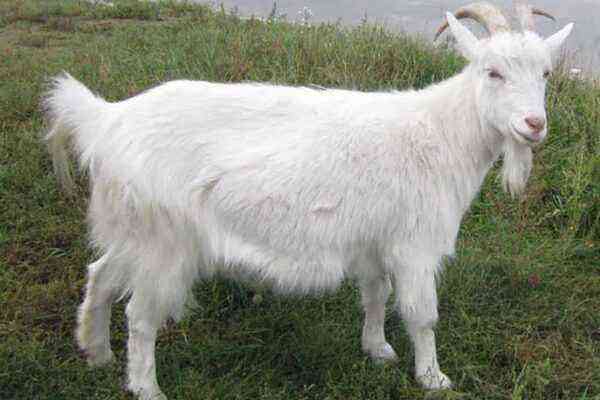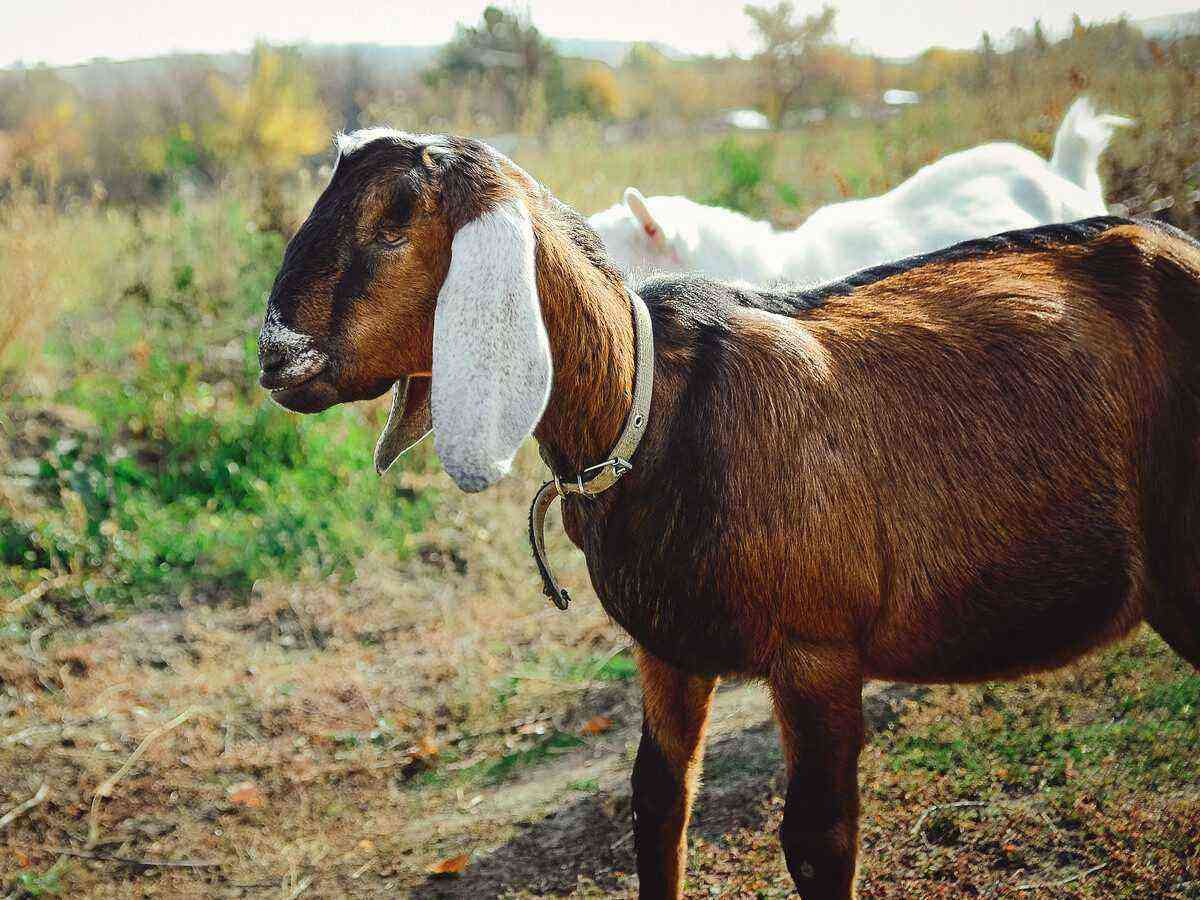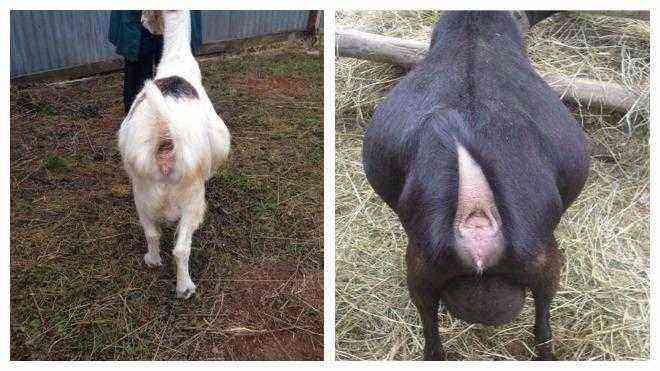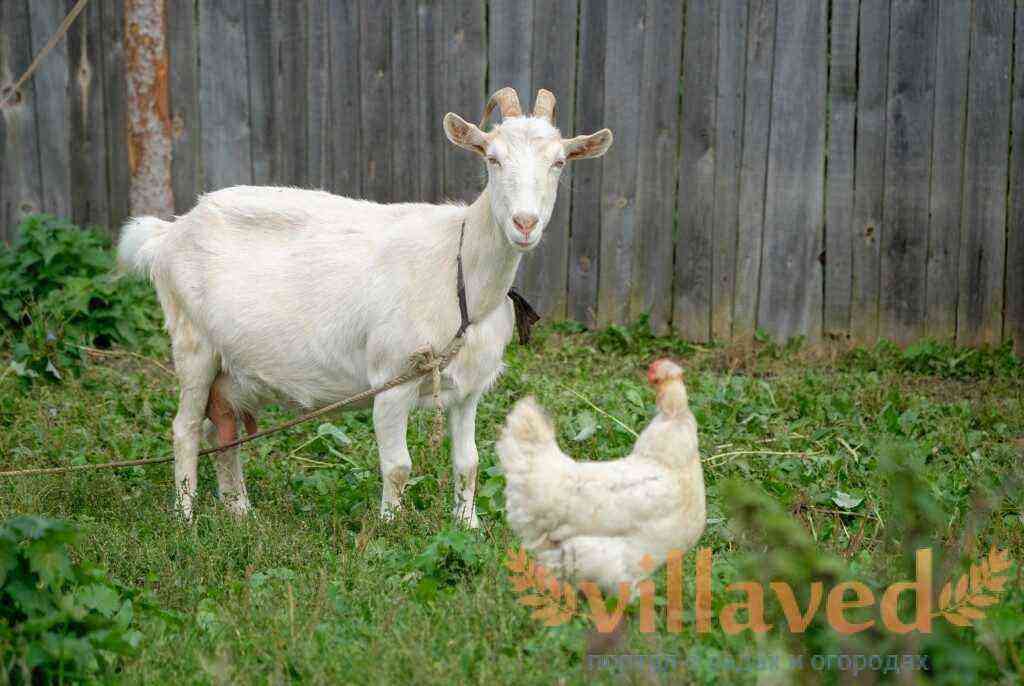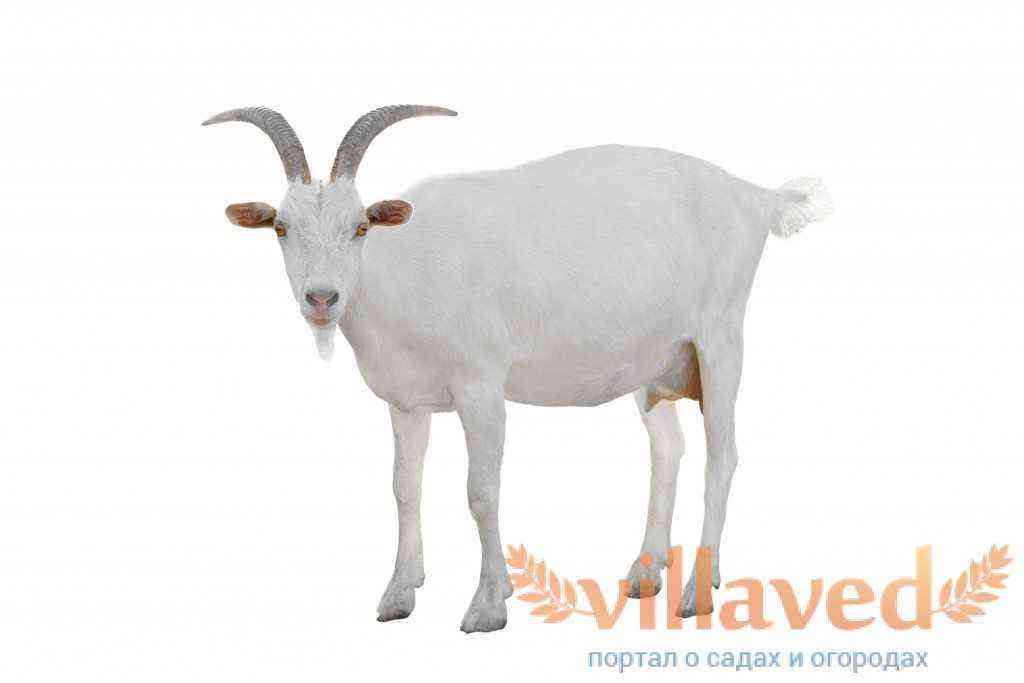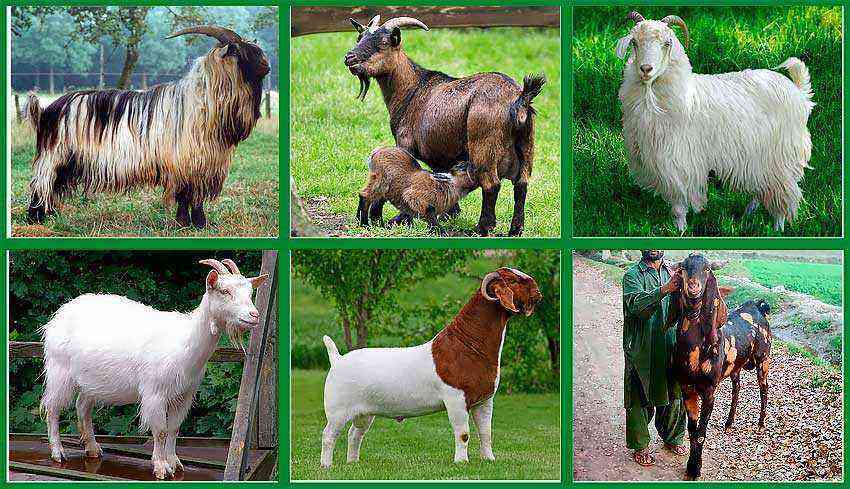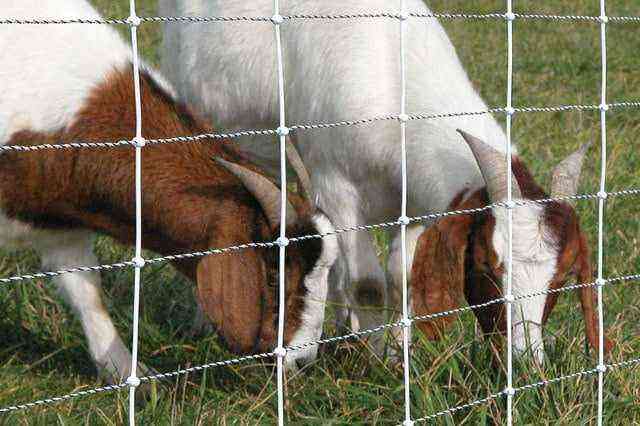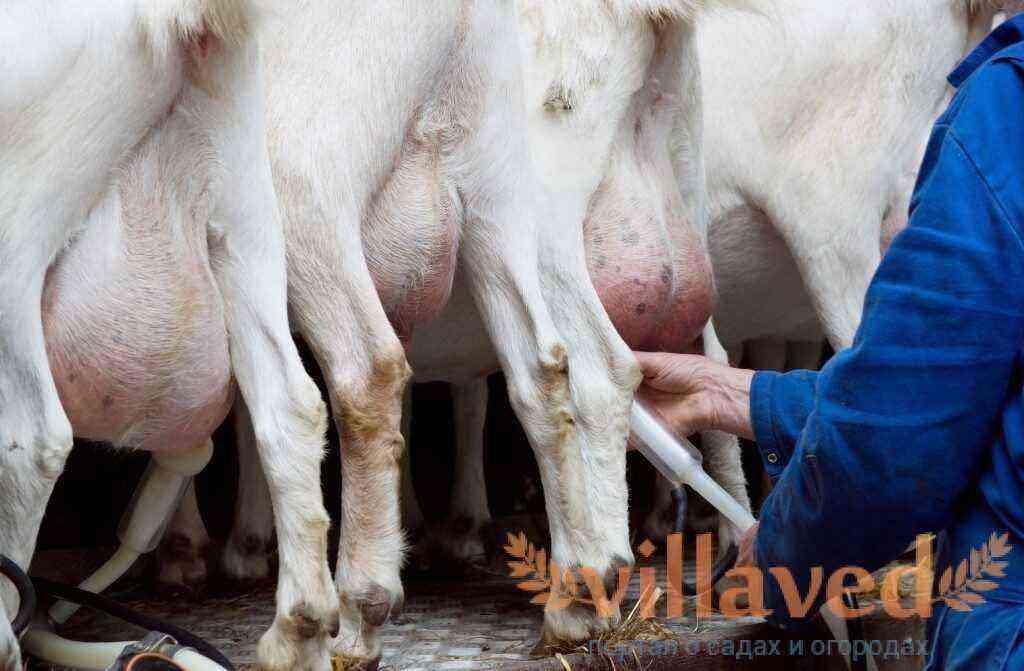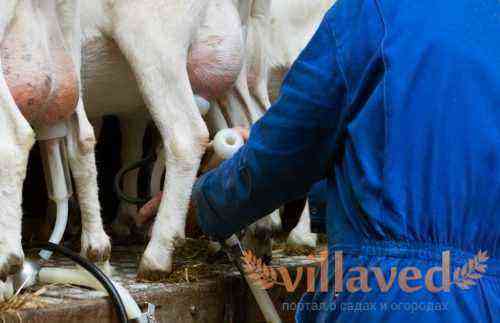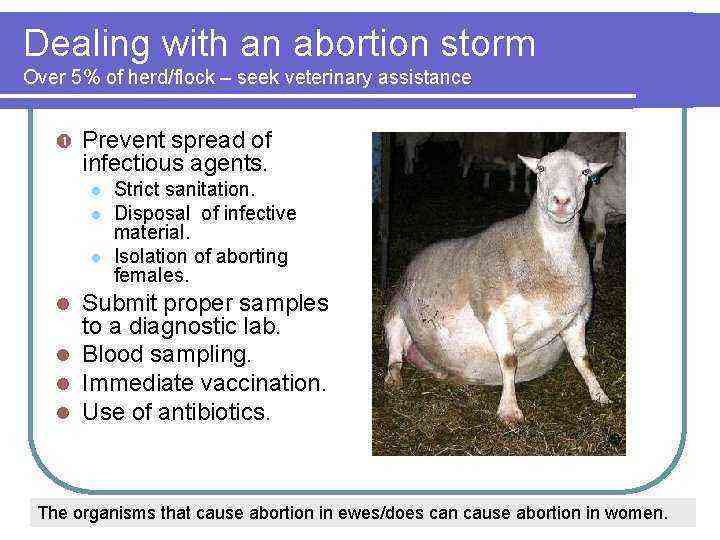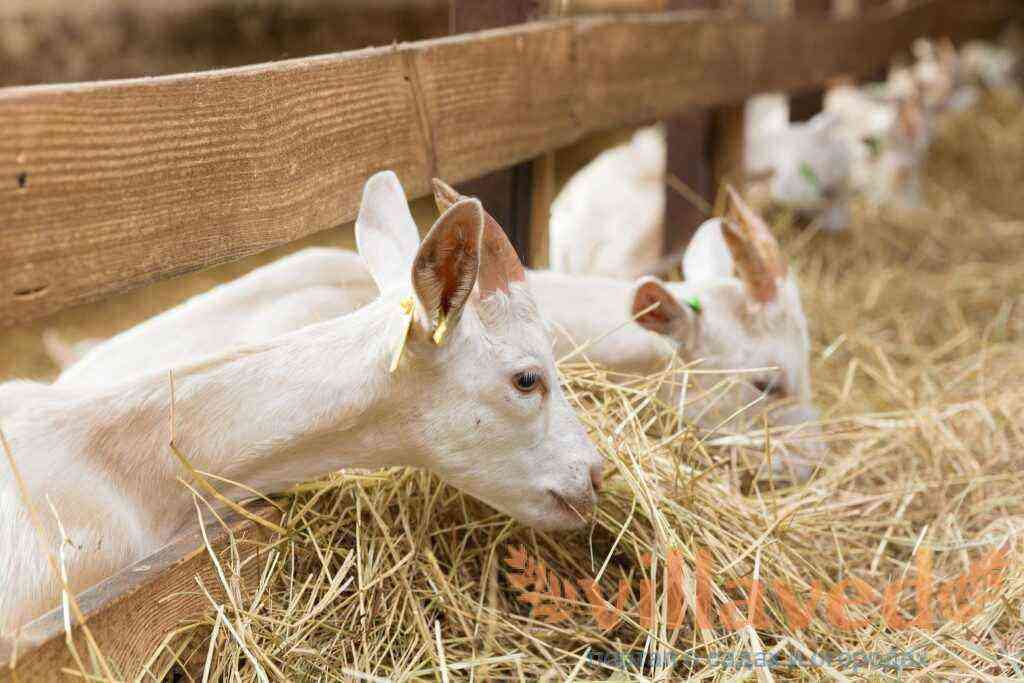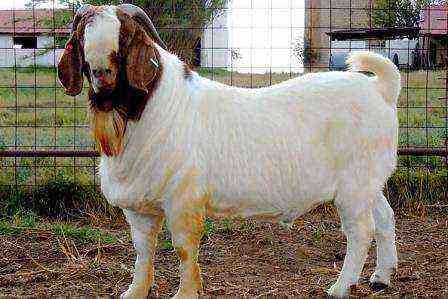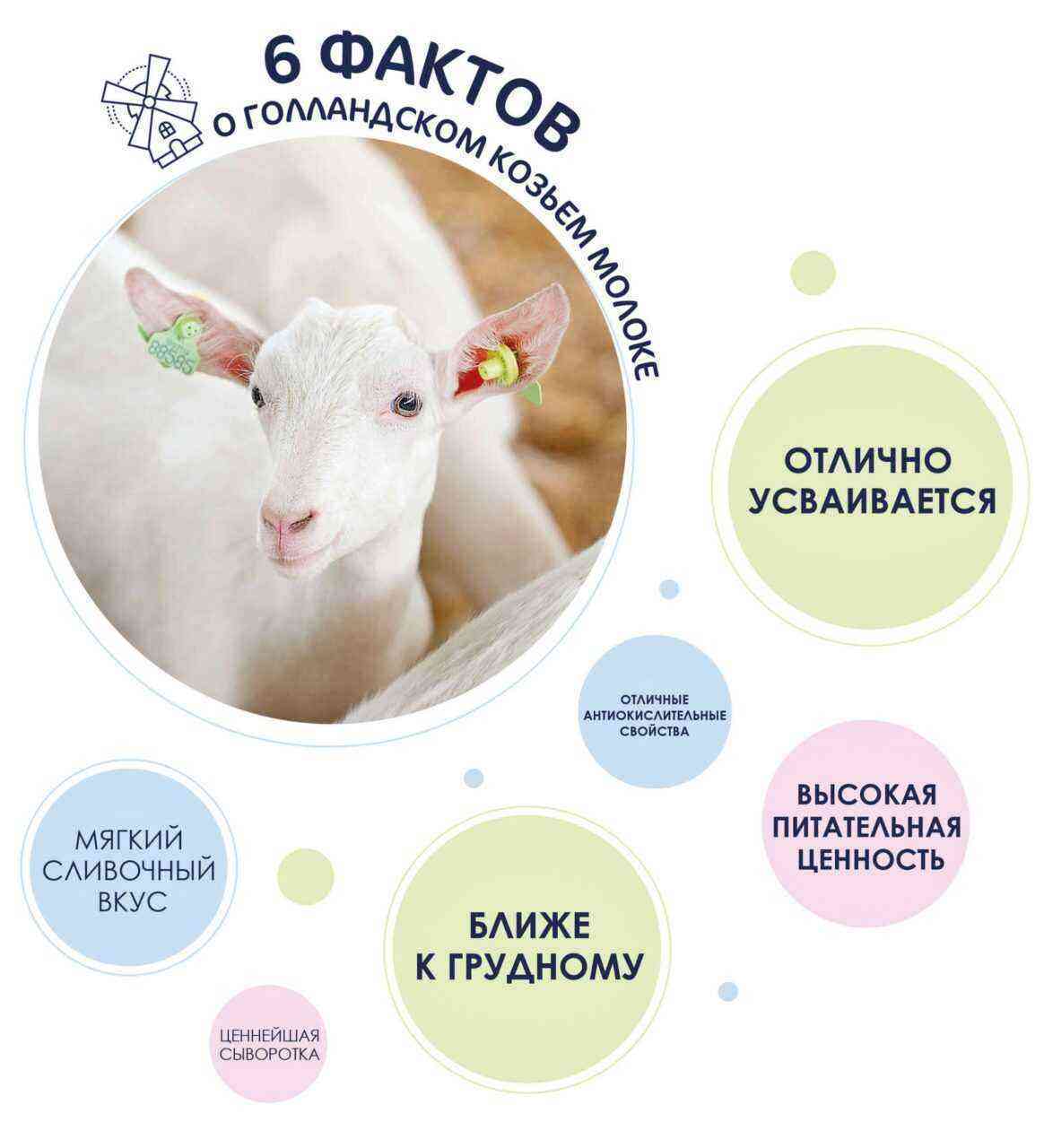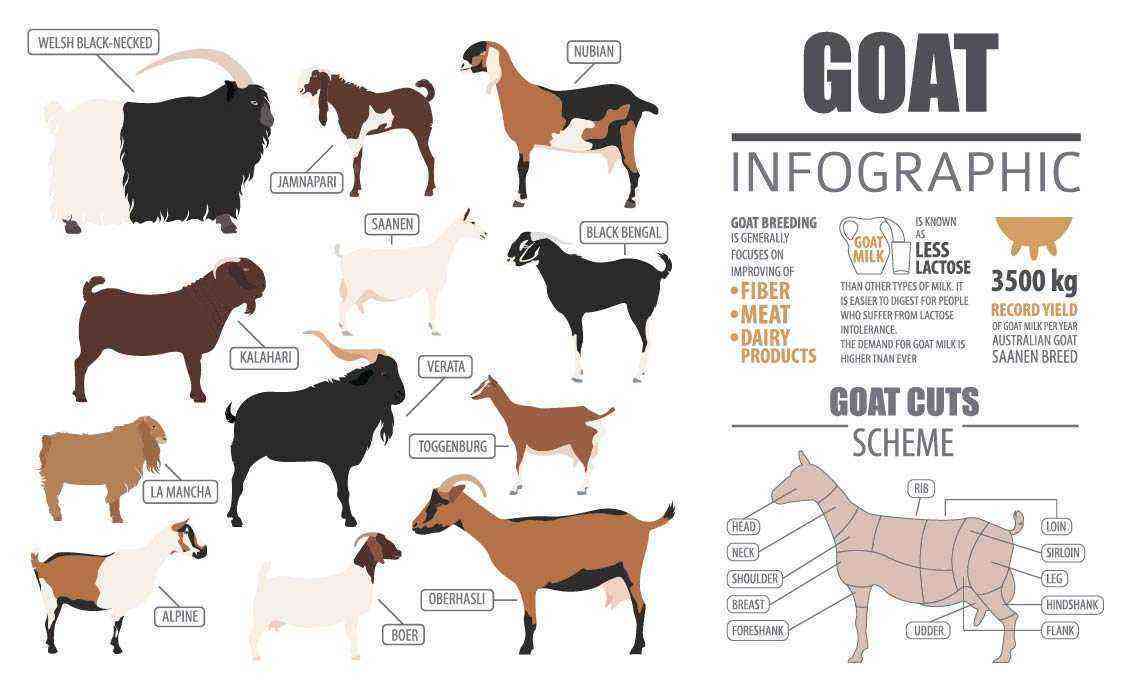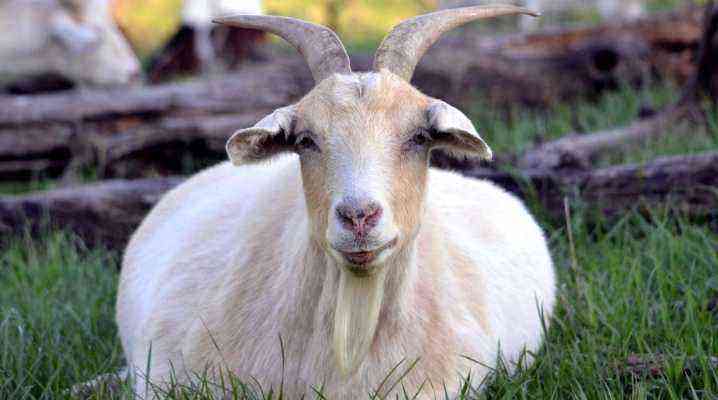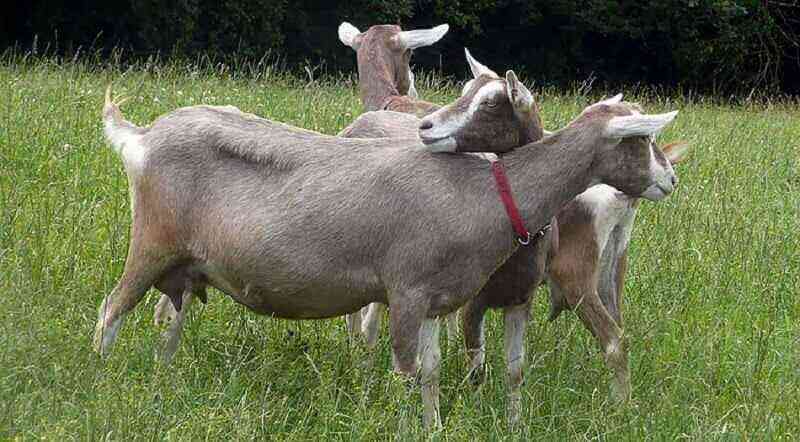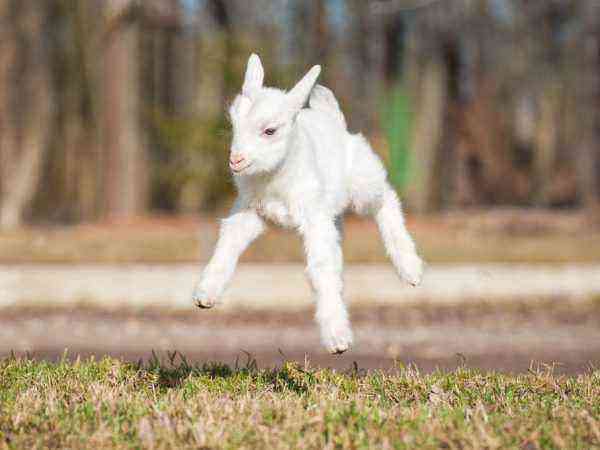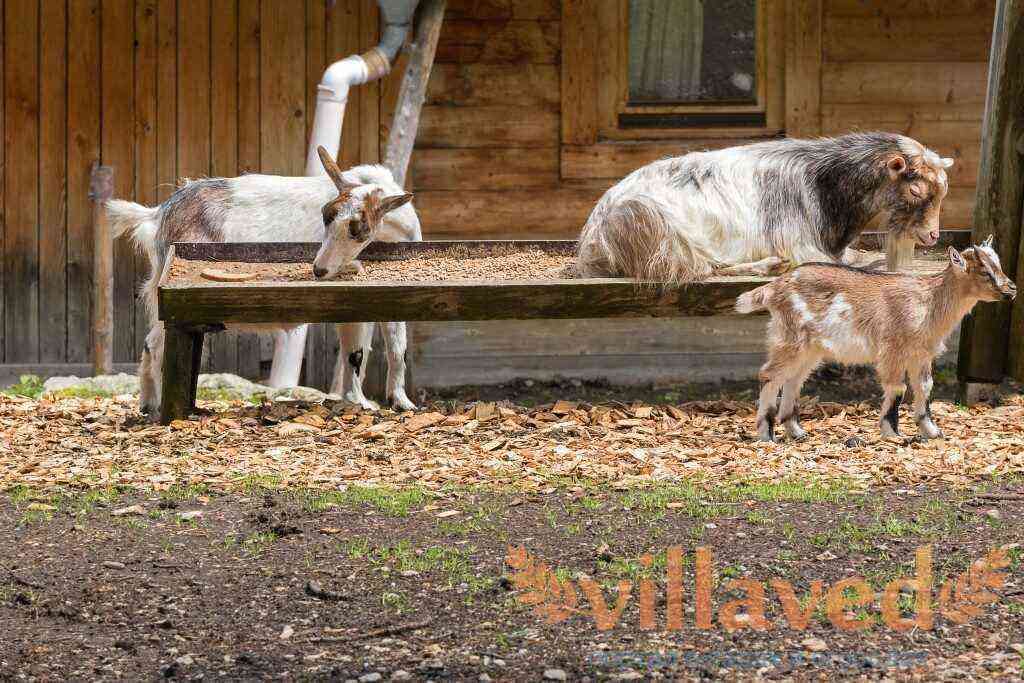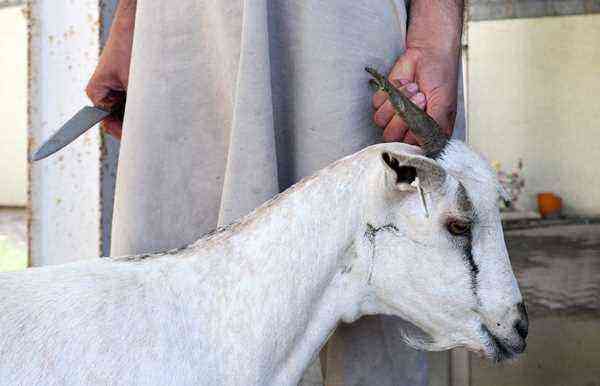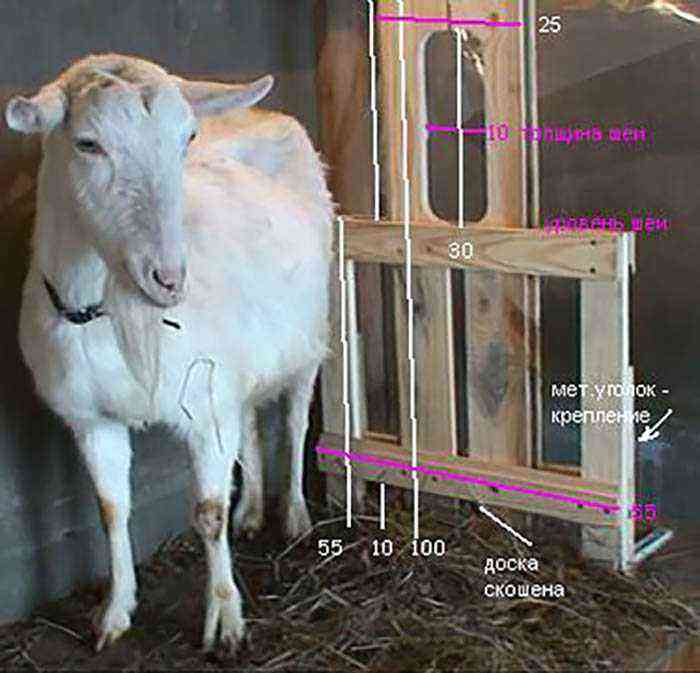Goat diseases should be known to every farmer. The sooner the diagnosis is made, the more effective the therapy. Timely recognized symptoms allow you to save the animal, and in case of contagious diseases, the whole herd. In some cases, the treatment is carried out independently, but in difficult situations, the help of a veterinarian is indispensable.
goat diseases
The content of the article:
Classification of goat diseases
Diseases in goats are divided into two main groups – contagious and non-contagious. Such a classification is fundamental, since with an infectious pathology, a sick animal requires isolation. It is also necessary to carry out preventive measures in the herd; in case of dangerous diseases, it is often necessary to destroy the entire livestock.
Here are the main non-communicable diseases in goats:
- Pathologies of internal organs and systems
- Surgical diseases
- Poisoning
- Diseases of young goats
- Obstetric and gynecological pathology.
Infectious diseases are divided into the following types:
- Infectious (viral, fungal, bacterial)
- Infestations (caused by internal or external parasites).
Viral and fungal infections in goats
The most common fungal infection is ringworm. It affects goats with improper maintenance, high humidity. Infection occurs during contact with a sick animal. The hair at the site of the lesion becomes short, as if trimmed. Then it falls out, red, clearly defined spots with peeling and a rough surface are visible on the skin. Ringworm is treated with iodine 3-5%, an alcohol solution, phenothiazine, trichothecin, clotrimazole and other antifungal agents.
FMD is a dangerous viral disease that requires quarantine measures. When the first symptoms are detected, the sick animal should be isolated, the premises should be decontaminated and a notice should be written to the veterinary service. First, hooves are affected in goats, redness, vesicles and sores appear on the corolla and in the interhoof cracks. Then similar elements appear on the udder, genitals, lips, mouth, around the eyes. The goat has a fever. The duration of the disease is a week, adult animals recover. Dangerous disease for kids, they often die. Even the medicinal properties of colostrum do not help. Foot-and-mouth disease is transmitted to people, it is characterized by epidemic distribution. Treatment – local (treatment of wounds with antiseptics), prevention – vaccination.
Rabies in goats and sheep is a viral disease that is transmitted through the bites of sick animals. The first symptoms appear after a few days. Goats begin to moo softly, stagger when walking, refuse to eat and drink, they salivate intensively. In almost all cases, the disease ends in death. Therefore, all that can be done with rabies is to send animals for slaughter, the carcasses must be disposed of.
Bacterial diseases in goats
Listeriosis is a bacterial infection caused by Listeria. It is transmitted to goats through small rodents, sheep and sick relatives. It is manifested by a lesion of the nervous system, the goats lose their balance, spin in a circle, their head is turned on its side, after which convulsions occur. The disease lasts ten days, almost always ends in death. At the beginning of the disease, tetracycline is injected at a dose of 25-30 mg / kg, but it rarely brings an effect. In most cases, sick animals are killed, meat can only be eaten after boiling for two hours.
Leptospirosis, another bacterial infection that is carried by rodents, is caused by Leptospira. It is transmitted by contact, alimentary and airborne droplets. The main symptoms are agitation, fever, loss of appetite, jaundice, diarrhea. Goats urinate frequently, the color of the urine is dark, in severe cases they have convulsions. If goats are pregnant, they lose their young. Sometimes leptospirosis occurs in subacute and chronic form. The disease is treated with antibiotics, streptomycin is injected intramuscularly at a dose of 10-12 IU / kg, twice a day. In the chronic form – bicillin, once every two weeks.
Brucellosis is a bacterial disease of goats caused by Brucella. Goats are infected by the fecal-oral route, through abrasions on the udder during milking. It is believed that the disease is transmitted sexually. Signs in goats are minimal, testicles swell in goats, and abortions occur in goats in the fourth month. After an abortion, mucous or purulent discharge from the genital slit is observed. Brucellosis infects people, it occurs in acute, subacute and chronic forms, it is difficult to treat. Information about suspected brucellosis in a goat should be reported to the veterinary service.
Diseases caused by external parasites
Pediculosis is the most common in goats. Lice infect animals all year round, but are most severe during the winter months, late autumn and early spring. When insects are plentiful, they cause emaciation as they release toxins into the blood. Lice are visible on white wool in the form of black dots and clusters. Nits on the hairs look like small dense thickenings. You can only see them on close inspection. Butox, ectomine, neostomazan, etc. are used to combat parasites. At home, pyrethrum powder is prepared from medicinal chamomile flowers.
Fluff-eaters are another parasite that infects goat hair. They are slightly smaller than lice. Their color is brown-yellow, the head is wider than the breast, which can be clearly seen in the photo under a microscope. The structure of the mouth of the Vlas-eaters is gnawing, as they feed on wool and down. To combat lice use the same drugs and methods as for removing lice. Insects (both lice and withers) can carry contagious diseases, this is their main danger. They also spoil the wool and down of goats.
Scabies is a parasitic disease caused by microscopic mites. They gnaw through the upper layer of the epidermis, enter the skin, where they feed on living and dead cells. The saliva of the tick provokes severe itching. Goats become restless, bite the affected areas. After a while, cracks, redness, nodules appear on the skin, hair falls out. In severe cases, vesicles and pustules appear at the site of the introduction of the tick. Scabies is treated with butox, ivex for intramuscular injection (1 ml / 50 kg).
Helminthiasis
Fascioliasis is a parasitic disease caused by fasciolla, an intrahepatic parasite. Goats pick up worms when grazing in marsh meadows, at a watering place in open reservoirs with stagnant water. Symptoms and treatment of the disease are difficult. Fascioliasis has a chronic course, initially without any signs. Then the metabolism is disturbed in goats, liver function suffers, yellowness of the sclera and skin appears. Animals stop eating and die of starvation. For treatment, carbon tetrachloride, hexachloroethane are used.
Echinococcosis is an infection caused by echinococci. These helminths parasitize in the intestines of predators, get on the grass with feces. Goats become infected by eating segments with eggs. In the digestive system of herbivores, larvae are hatched from eggs, which enter the bloodstream and are carried to various organs. There the larva is encapsulated, the capsule gradually increases in size. Symptoms depend on where the echinococcus lives. Helminthiasis is manifested by lesions of the liver, kidneys, muscles. If the goat suddenly fell, she had convulsions, perhaps the helminth is located in the brain. But more often the nervous system is affected with coenuriosis, similar in its development cycle to echinococcosis. Treatment has not been developed, specific prevention is also not yet available.
Coccidiosis or eimeriosis is a disease that most often affects goats. It is caused by the protozoan parasite coccidia, living in the epithelial cells of the small intestine, less often in the biliary tract. It is manifested by severe diarrhea, the temperature rises in kids, then dehydration sets in, the animals die within 7-10 days. Antibacterial drugs, sulfadimethoxin, sulfazol, norsulfazol are used for treatment. Good results are given by coccidovit, chemocide. If the treatment turned out to be ineffective, the animals are sent for slaughter, the room is thoroughly disinfected.
Non-communicable diseases of the digestive tract
Diseases of the intestines and stomach occur due to errors in feeding. Of these, the most common:
- Atony of the proventriculus
- Gastritis
- Diarrhea
- Tympany
With atony, goats lose their appetite, become lethargic and inactive. On palpation of the abdomen, peristalsis of the stomach is not felt. The cause of the disease is a sharp change in hay for roughage, hot or frozen food. The disease is treated with massage, a starvation diet, a mixture of vodka (50 ml), alcohol (20 ml) and yeast (40 g) is prepared. A solution of caffeine and sodium benzoate injected under the skin helps well. It is advised to give hellebore water to goats.
Gastritis in goats is acute and chronic. It arises from feeding poor-quality feed, overfeeding or irregular nutrition. Sick goats refuse to eat, their temperature rises slightly. The saliva in the mouth is viscous, the mucous membrane is overdried. With increased acidity, constipation occurs, with reduced acidity, diarrhea. Sometimes there is bloating.
If a goat has diarrhea, it should be differentiated from a contagious pathology. Infectious diarrhea is most often accompanied by fever, they are more intense. With alimentary diarrhea, the temperature is normal or low, dehydration does not occur so quickly. The disease is treated with diet correction, decoctions of alder cones, horse sorrel, fthalazol tablets are given. Let the goat drink plenty of water, this will prevent dehydration.
Tympania or bloating occurs when eating food that is fermentable. These are mostly legumes, especially when wet after rain or covered with morning dew. The belly of a goat increases in size, sometimes rapidly. She loses activity, stops eating. In severe cases, the diaphragm may block and stop breathing. Immediate help – massage the abdomen in a position with raised hind legs. Every goat owner should learn how to do it. The belly of a goat is doused with cold water or the animal is driven into the river. Of the medicines for therapy, ichthyol, creolin, tympanol, an aqueous solution of ammonia are used.
Non-communicable diseases of various organs and systems
In pregnant goats, with improper and unbalanced nutrition, ketosis occurs. This is a violation of protein and carbohydrate metabolism, in which the amount of ketone bodies in the blood serum increases, which leads to violations of the robots of various internal organs. It is more common in multiple pregnancies. In the first stage, symptoms such as perversion of appetite, weight loss, hair loss, palpitations and shortness of breath occur. Goats have abortions. In the second stage, neurological symptoms join, coordination of movements is disturbed, lethargy appears, muscle tone weakens, and signs of paresis appear. It all ends with convulsions and a coma. Treatment is a change in diet (feeds rich in sugar), intravenous administration of glucose with insulin.
Violation of calcium metabolism occurs more often in young kids, although adult goats also suffer from this disease. The reason is unbalanced feed, lack of vitamin D, insolation. It is manifested by a violation of gait, curvature of the limbs, lameness, reduced activity. In kids, there is a slowdown in the growth of horns, in adults – their softening. In severe cases, there are failures of cardiac activity, convulsions. Calcium-phosphorus metabolism disorders and rickets in goats are treated with an additional introduction of calcium and vitamin D into the feed.
Bronchopneumonia is a non-contagious disease that occurs when goats and small kids are kept in a drafty room on damp bedding. The first symptoms are cough, fever, copious discharge from the nose. On auscultation in the lungs, wheezing, crepitus, and weakened breathing are heard. The disease is treated with antibiotics of the penicillin series, bicillin. Be sure to change the conditions of detention. Goats that live in damp and damp areas may develop kidney disease and cystitis. They are manifested by frequent urination, loss of appetite, lethargy, the temperature rises by several degrees. Antibacterial therapy is also used for treatment.
Other non-communicable goat diseases
When eating poisonous herbs, drinking poor-quality water, goat poisoning occurs. Most often, animals that live permanently in a barn suffer from it. Manifestations depend on the type of poison received. Buttercup, Colchicum, Euphorbia cause inflammation of the gastrointestinal tract with vomiting, diarrhea, increased salivation and loss of appetite. Henbane, yew, poppy disrupt the activity of the nervous system. Digitalis, belladonna, nightshade, in addition to neurological symptoms, cause disruptions in cardiac activity. Poisoning can be caused by mineral poisons when drinking contaminated water (sulphur, phosphorus, arsenic, etc.). First aid – soldering goats with a solution of soda, large doses of activated charcoal, caffeine is injected intramuscularly. In case of poisoning, only professional veterinary medicine can provide qualified assistance.
The most common diseases of the uterus are not carrying a pregnancy, difficulty in labor and mastitis. Miscarriages and abortions are mainly manifestations of other contagious and non-contagious pathologies. In some cases, they occur due to hormonal or functional disorders of the reproductive system. For the treatment of hormonal disorders, prostaglandins, estrofan are prescribed. With repeated miscarriages, females are not allowed to breed. Mastitis in goats occurs with poor-quality milking, keeping in a cold room, infection through small wounds on the nipples. Manifested by an increase in the udder, redness of the skin, fever. The main treatment is antibiotic therapy, milk expression.
Among surgical diseases in goats, putrefactive hoof decay, wounds, and rheumatism most often occur. Putrefactive lesions of the hooves occur when the barn is not cleaned of manure in time, grazing on polluted pastures, and poor care of goats. It is characterized by inflammation that destroys the tissue of the hooves. The goat limps, then stops standing on the affected leg, loses activity. Rheumatism is a disease of animals that are kept in damp barns, on a concrete floor without bedding. Manifested by swelling of the joints, lameness. Often accompanied by symptoms of myositis, damage to the ligamentous apparatus. Surgical diseases in goats and their treatment require the assistance of a veterinarian. It’s hard to deal with them on your own.


